Chronological Understanding
Sequencing, events, stories, pictures and periods over time to show how different times relate to each other and contribute to a coherent understanding of the past. You don’t have to teach topics in chronological order but need to relate the topics you teach to their chronological context.
Sort by:
Date (Newest first) | Title A-Z
Show:
All |
Articles |
Podcasts |
Multipage Articles
-
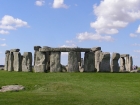
Stone Age to Iron Age - overview and depth
ArticleClick to view -

Teaching Ancient Egypt
ArticleClick to view -
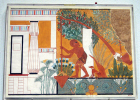
Teaching Ancient Egypt: developing subject knowledge
ArticleClick to view -

Teaching Robin Hood at Key Stage 1
ArticleClick to view -

Teaching with Meaning: Supporting Historical Understanding in the Primary Classroom
ArticleClick to view -

The Early Years Foundation Stage Curriculum
ArticleClick to view -

The Elizabeth cake
ArticleClick to view -
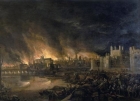
The Great Fire of London and the National Curriculum
ArticleClick to view -
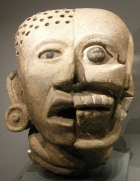
The Maya: a 4,000-year-old civilisation in the Americas
ArticleClick to view -

The history of medicine – warts and all – for Key Stage 2
ArticleClick to view -

The potty timeline: an effective way of using timelines
ArticleClick to view -
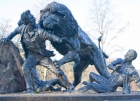
Thematic or topic based whole school curriculum planning
ArticleClick to view -

Think Bubble - Jumping stories: selective chronology
ArticleClick to view -

Time, Chronology, language and story
ArticleClick to view -

Timelines in teaching history
ArticleClick to view -

To boldly go: exploring the explorers
ArticleClick to view -

Trade and pilgrimage in the Abbasid Caliphate
ArticleClick to view -

Twist in the tales
ArticleClick to view -

Understanding Chronology at Key Stage 2
ArticleClick to view -

Using classic fiction to support the study of childhood in Victorian times
ArticleClick to view

